Showing 101 to 110 of 272 results

In a world first, a team co-led by a physicist at City University of Hong Kong (CityU) has discovered that excitons—excited electrons bound to empty electron “holes”—can exist stably and travel rapidly through metal.
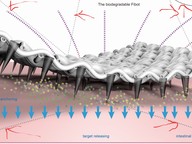
A nanofiber-based biodegradable millirobot, called “Fibot”, was successfully developed in research led by a scholar from City University of Hong Kong (CityU). Fibot can move in the intestines and degrade in response to the pH of its environment, thus releasing different drugs in different anchored positions.
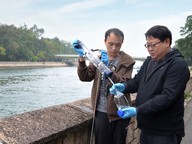
A recent global study, with the participation of scholars from City University of Hong Kong (CityU), found broad contamination of common pharmaceuticals in many of the world’s rivers, including two Hong Kong rivers: the Kai Tak River and the Lam Tsuen River.
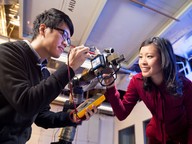
Engineering bridges the gap between theory and practice by applying science and mathematics to turn discoveries into new innovations and technologies that are applicable to everyday life.
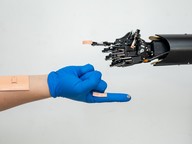
A research team co-led by City University of Hong Kong (CityU) and collaborating institution recently developed an innovative HMI system, which consists of flexible, multi-layered electronic skin and provides both visual and haptic feedback to users.
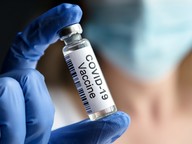
COVID-19 vaccines give hope in ending the pandemic, yet they are unequally distributed globally. Infection and mortality rates for COVID-19 in low- and middle-income countries could be significantly reduced if high-income countries donated 46% to 80% of their COVID-19 vaccine stocks to them.

Four research projects led by scholars at City University of Hong Kong (CityU) received grants worth HK$20.26 million in total from the inaugural Green Tech Fund under the Environmental Protection Department, Hong Kong SAR Government.
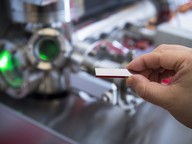
Metals usually soften when they expand under heating, but a research team led by a City University of Hong Kong (CityU) scholar and other researchers have discovered a first-of-its-kind super-elastic alloy that can retain its stiffness even after being heated to 1,000K (about 727℃) or above , with nearly zero energy dissipation.
A research team led by scientists from City University of Hong Kong (CityU) has recently designed a structured thermal armour (STA) that achieves efficient liquid cooling even over 1,000°C, fundamentally solving a 266-year-old challenge presented by the Leidenfrost effect.
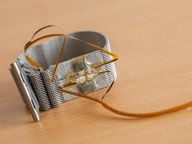
Textiles woven with yarn are used in remote medical diagnosis with intelligent electronic sensing technology. However, the derived inconsistent signals are one of the problems yet to be solved. A research led by a scholar from City University of Hong Kong (CityU) was inspired by the structure of DNA and found that textiles woven with double helix structure can help overcome the said challenge.